Pennsylvania is moving forward on investments in Carbon Capture, Utilization, and Storage (CCUS) as part of its plan to comprehensively address climate change.
CCUS removes CO2 emissions at the source, before they have the chance to enter the atmosphere and cause warming effects. Once captured, CO2 can be transported via pipeline to a storage site.

In October 2020, the Wolf Administration joined six other states in a commitment to establish and implement carbon dioxide transport infrastructure, which would move CO2 captured from sources in Pennsylvania to permanent storage or utilization locations via a regional network. Kansas, Louisiana, Maryland, Montana, Oklahoma, and Wyoming signed on to create transport infrastructure in their own states. The programs agreed upon by the memorandum of understanding, combined with other financial incentives, are intended to support industry and jobs in these states while reducing net carbon emissions.
“Climate change is the biggest environmental threat we face as a state and nation,” said DEP Secretary Patrick McDonnell last fall. “Working cooperatively with other states to mitigate and remove carbon emissions gives us another tool in addressing this existential challenge.”
The state will form a coordination group and release an action plan for moving forward with its CCUS infrastructure program this coming October.

It is widely agreed that reducing CO2 emissions from industries such as energy and manufacturing is essential to mitigating climate change. Much of this reduction can be accomplished through efficiency improvements and transitioning to cleaner energy sources. However, PEC believes CCUS can play an important role in an all-of-the-above decarbonization strategy, especially as power generation increasingly relies on natural gas.
Learn more about the technology and view a map of current CCUS projects here.

